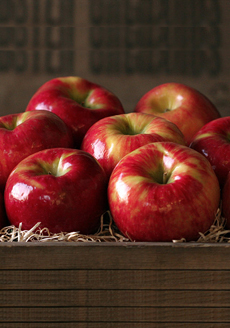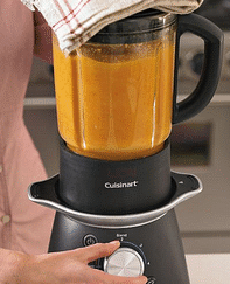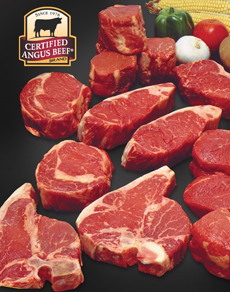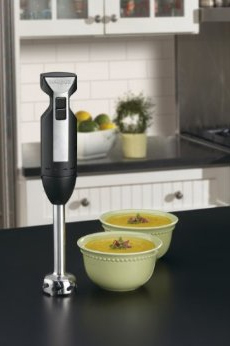HOW TO REMOVE WAX FROM APPLES
We don’t have a problem with the wax—although we are wary that it can cover pesticides that aren’t fully removed during the washing cycle.
But we do miss the apple aroma we enjoy when picking apples at orchards. Removing the wax releases the lovely apple scent and completes the organoleptic* experience.
Take your pick of these wax-removal techniques:
Lemon Juice Technique. Use a vegetable brush and a lemon juice or vinegar bath (one tablespoon in a bowl of water, along with a tablespoon of baking soda). Scrub, then rinse well.
Boiling Water Technique. Immerse the apples in boiling water for 10 seconds and immediately wipe with a kitchen towel.
Commercial Wash Technique. Use a vegetable wash spray.
Buying organic isn’t the solution: Organic apples may also be waxed. But you can find unwaxed apples at some supermarkets and farmers markets.
Wax may turn white on the surface of fruits or vegetables that have been subjected to excessive heat and/or moisture. This whitening does not impact the flavor or the healthfulness.
Thanks to Rainier Fruit Company for much of this information.
MORE APPLE HOLIDAYS
January 1st: National Apple Gifting Day‡
March 11th: National Johnny Appleseed Day†
May 13th: National Apple Pie Day
May 20th: National Sugarbee Apple Day
June 6th: National Applesauce Cake Day
June 17th: National Apple Strudel Day
July 5th: National Apple Turnover Day
September, 3rd Saturday: International Eat An Apple Day
September 17th: National Apple Dumpling Day
September 26th: National Johnny Appleseed Day†
October: National Apple Month
October: National Applejack Month
October 5th: National Apple Betty Day
October 21st: National Apple Day
October 31st: National Candy Apple Day
October 31st: National Caramel Day
November 18th: U.S. Apple Cider Day
December 1st: National Eat A Red Apple Day
_________________
*Organoleptic: Relating to qualities that stimulate the senses: appearance, aroma, color, feel and taste.
†There are two dates that celebrate Johnny Appleseed, born John Chapman. The September 26th is Appleseed’s birthday in 1774. People across the country prefer the March date due to the planting season, and his passing on March 18, 1845.
‡ Since apples symbolize good health, giving people apples on New Year’s Day wishes them good health for the entire year.
CHECK OUT WHAT’S HAPPENING ON OUR HOME PAGE, THENIBBLE.COM.
|




